devices can be widely used in quantum optics, magnetometry, thermometry, and
other applications. Therefore, such controlled production has prompted the
development of new methods that can be potentially used for the precise
positioning of an individual NV center, or a small set of them, in particular regions
of a diamond structure.
To generate the color-centers, the synthetic diamonds are typically
irradiated with high-energy particles, from a few keV to MeV, usually with
electrons or nitrogen ions. In addition to the particle energy, another tunable
parameter is the irradiation dose, which determines the density of vacancies
generated in the sample [26-28]. Alternatively, ultrashort-pulse laser irradiation
has also been proposed as a potential method for generating color centers,
vacancies and NV centers in diamonds [29-33]. In this approach, intense laser
pulses propagating in air ionizes molecules, like O2 and N2, generating free
electrons that are accelerated by the subsequent pulses to produce a beam of
electrons that collide with carbon atoms at the diamond’s surface, taking them
out of the crystal lattice, thus generating the vacancies. These vacancies can
move during annealing (at high temperatures), creating the possibility of binding
to some nitrogen impurity in the crystal, resulting in the NV center [29]. Direct
generation of vacancies by fs-laser followed by annealing to promote NV- centers
have also been reported [31].
Preliminary investigations on the subject demonstrated diamond
transformation to amorphous carbon, graphitic phases and 3H center formation
when using picosecond-laser irradiation [33]. Later, the same team reported the
enhancement of NV luminescence in diamond due to sp3 carbon allotropic
structures induced by picosecond laser exposure [30]. When using fs-laser, it was
demonstrated the formation NV centers in high nitrogen content-diamond through
photoluminescence (PL) measurements [29]. More recently, similar
achievements was reported in diamond with nitrogen concentration < 5ppb by
using a statistical approach and single fs-laser pulses [31] or using UV fs-laser
pulses at nanoablation regime, in which laser fluence was kept below a certain
threshold [32].
Although ultrashort-laser has been demonstrated to be useful for NV
center generation in diamonds, further investigations are essential to determine
the formation of such centers by femtosecond pulses at low-repetition,

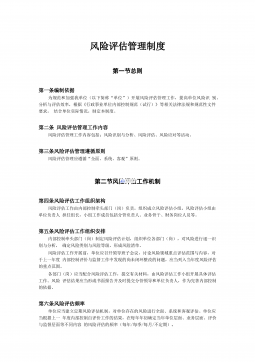
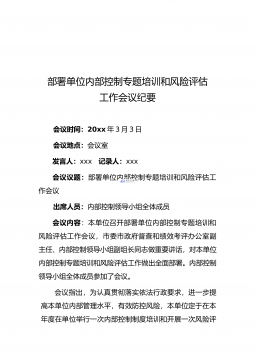



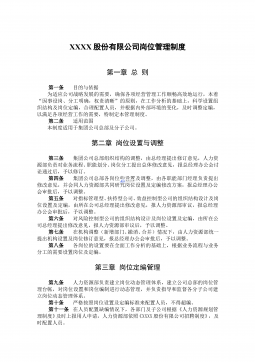
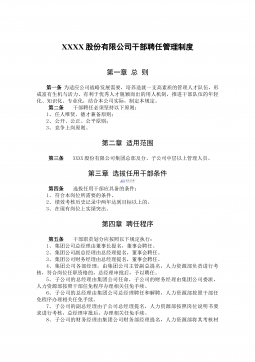
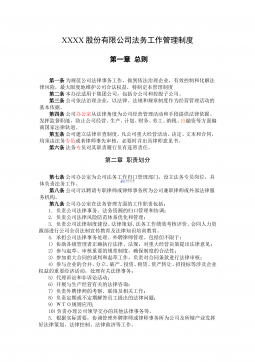
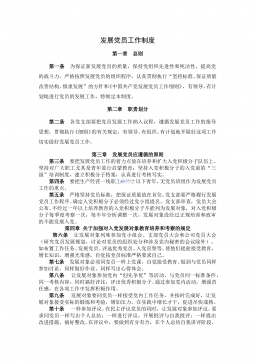
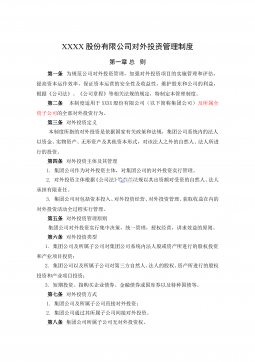
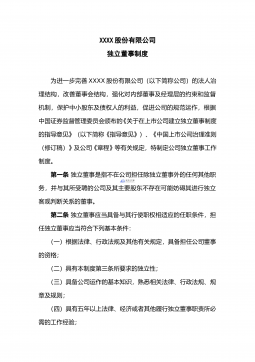
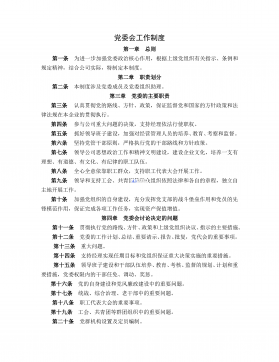
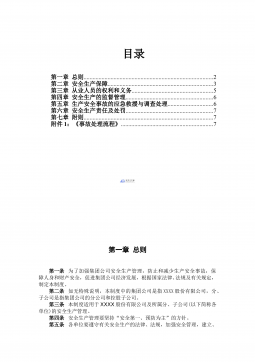

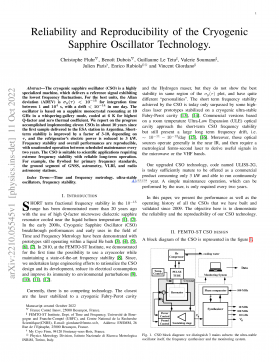

 渝公网安备50010702506394
渝公网安备50010702506394
